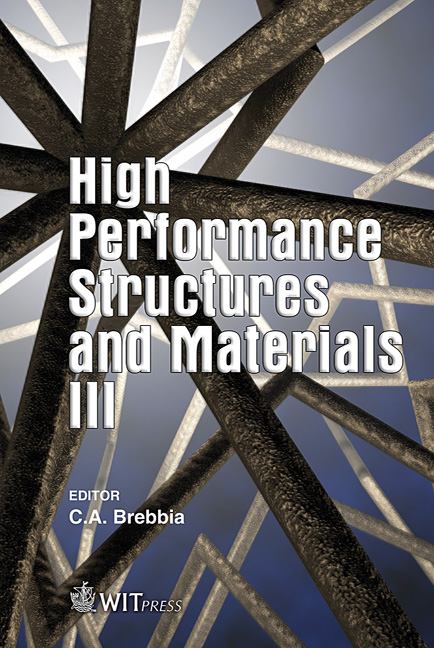The Scale Effect Of Roughness In Contact Problems
Price
Free (open access)
Transaction
Volume
85
Pages
10
Published
2006
Size
921 kb
Paper DOI
10.2495/HPSM060361
Copyright
WIT Press
Author(s)
S. Mezghani , A. Jourani & H. Zahouani
Abstract
In this paper we have used the Hölder exponent to characterise the scale of roughness and to study the scale effect of high spatial frequencies on elastic contact between solids. The mathematical approach shows that the Hölder exponent of roughness is a sophisticated tool for modelling realistic surface roughness at different scales of observation. The incidence of Hölder exponent on the prediction of pressure and displacement is studied in elastic contact between a smooth plane and rough surface. Keywords: Holder exponent, scale effect, elastic contact. 1 Introduction Surface topography plays an important role in a multitude of physical and tribological phenomena such as contact mechanics, friction, adhesion, wear, wettability, lubrication, etc. Surface topography causes discrete contact points, when two rough nominally flat surfaces are brought together, the real area of contact is the accumulation of the area of the individual contact points. For most metals at normal loads, this will be only a small percentage of the apparent contact area. Typical models of surface deformation are either elastic, plastic or mixed elastic-plastic, and can be represented schematically as a function of surface topography and material constants ƒ(σh, σs, Rc , E, H) with σh the root mean square of height, σs the root mean square of summits, Rc the mean radius of summit curvature, E and H are respectively the Young’s modulus and the hardness of the solid which are the intrinsic parameters of the solid. On the other
Keywords
Holder exponent, scale effect, elastic contact.





